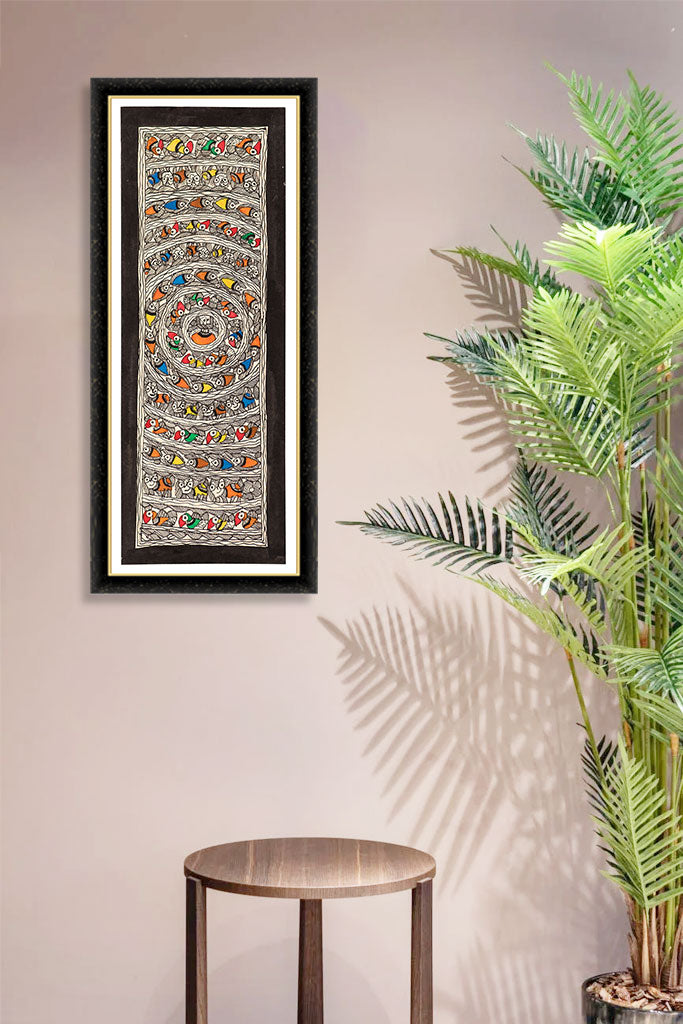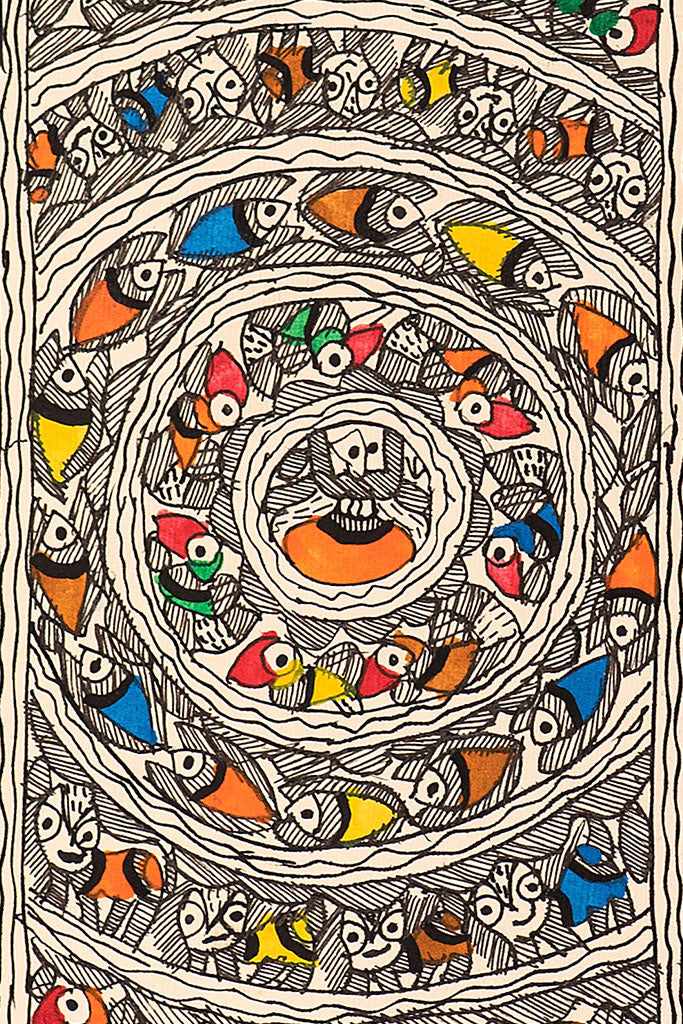

-

About Madbhubani Craft
Story - It’s no new finding that paintings and art often reflect the culture and tradition of the place from which they originate. They tend to be a reflection of the times in which the art was created. Rarely does an ancient art form become a reflection of modern times and issues. Yet a drive on Highway 52 of the Madhubani district or Ranti village in Bihar will tell you how Madhubani art that originated about 2500 years ago is still very much thriving. Not only that, it has managed to save an entire forest and put the spotlight on some very pressing women’s issues. Take a look at the history of Madhubani paintings and how they have evolved over the years.
-

A 2500-year-old folk art, the history of Madhubani paintings is said to date back to the time of Ramayana when king Janaka asked an artist to capture his daughter Sita’s wedding to Prince Rama. These paintings were usually created by women on walls and floors of homes during festivals, ceremonies, or special occasions. Having originated in the Mithila region in Bihar, this form of painting, also known as Mithila art, has been in practice in areas around Bihar and Nepal.
Mithila painting or Bhitti Chitra was discovered in 1934 when a massive earthquake hit Bihar. The British Colonial officer of Madhubani district, William G. Archer chanced upon these paintings in the interior walls of the homes while he was examining the damage caused by the quake.
-

Interestingly, Mithila or Madhubani paintings are done using fingers and twigs as well as matchsticks and pen nibs in the modern-day. Usually, bright colors are used in these paintings with an outline made from rice paste as its framework. There are rarely any blank spaces in these paintings. If there’s a border, it is embellished with geometric and floral patterns. Natural dyes are used for the paintings. For example, charcoal and soot for black, turmeric extract for yellow, red from sandalwood, blue from indigo, and so on. Madhubani paintings are characterized by figures that have prominently outlined, bulging fish-like eyes and pointed noses. The themes of these paintings usually include natural elements like fish, parrot, elephant, turtle, sun, moon, bamboo tree, and lotus. Geometric patterns can also be seen in these pictures that often symbolize love, valor, devotion, fertility, and prosperity. This ancient art form has also been known to depict scenes of wedding rituals, religious rituals, and different cultural events such as festivals, from mythology like Ramayana.







